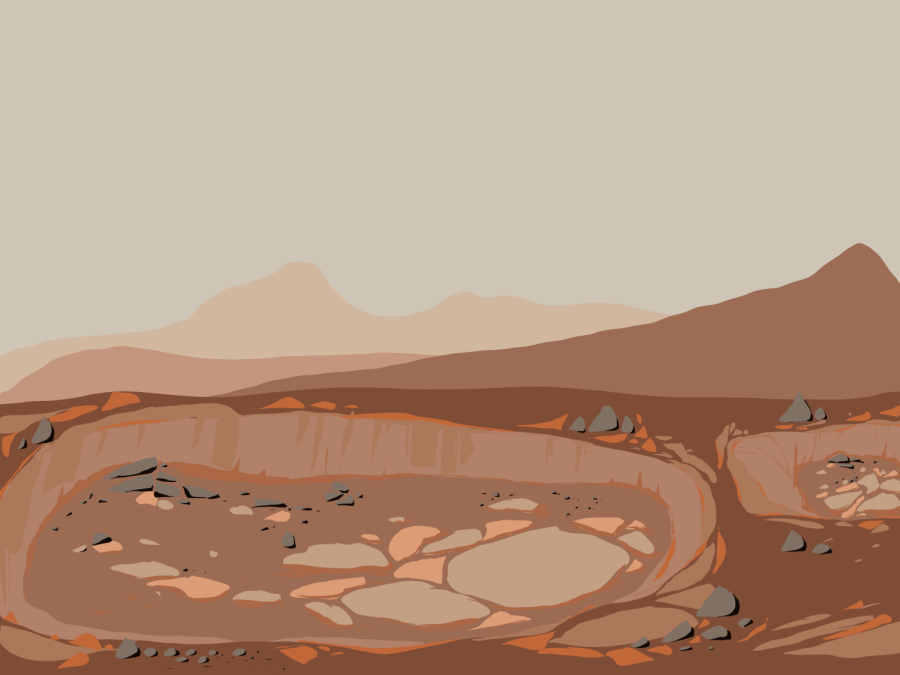Review of Martian lake basin data provides insights into important environment
October 31, 2022
A review study involving UT researchers provided new insights into the lake basins on Mars and future directions Mars research should go in.
Timothy Goudge, a geological sciences assistant professor, was part of a team that reviewed data accumulated from orbital missions that focused on observing lake basin environments on Mars. He said the regions provide evidence that over three and a half billion years ago, Mars may have had a climate that was similar to Earth.
“(Lake basins) are one of the best pieces of evidence we have on the surface of Mars that there was past liquid water on the planet … very, very early in Mars’ history,” Goudge said.
Michelle Tebolt, a geological sciences graduate student, said Martian lake basins could have provided a viable habitat for life due to the large amounts of water once present in the lakes.
“Any time we find evidence of water on other planets we get excited in the planetary science community because it is another potential spot where life could have started,” Tebolt said in an email.
Research into the geological history of lake basins provides lots of information as to what the climate of Mars was like in the past, said Tebolt. She said there are two possibilities as to what ancient Martian climate was like. The first scenario theorizes Mars as having a warm and wet climate similar to Earth, with a variety of bodies of water. The second scenario hypothesizes that the climate of Mars was actually cold and dry, with the water taking the form of ice until an event, such as a volcano eruption, caused the ice to melt.
“Figuring out which hypothesis is more accurate is important because if we’re thinking about life starting in these bodies of water, it would be more likely to happen if the water was liquid and warm for a longer period of time,” Tebolt said.
Goudge said although the lakes of Mars have been studied for close to 40 years, there are still more questions to be answered as new missions occur, like the apparent lack of smaller lakes on Mars, which would be around the size of most lakes on Earth.
“When we look at Mars, what we see is not as many small lakes as we would expect, “ Goudge said. “We have, in the paper, drawing on past work and comparing things, suggest that that’s … not an error, but we’re missing those small lakes.”
Goudge said there could be a number of reasons for the missing lakes. Since the basins are so old, their surface features may have drastically changed over time from forces such as wind and impact craters, he said. These processes could have destroyed smaller lakes while leaving larger lakes intact. Additionally, he said previous orbital missions may not have been able to examine the Martian surface close enough to identify these lakes.
“What we can study from orbit is actually just the tip of the iceberg in terms of the amount of lakes that we might expect on Mars,” Goudge said. “There might be this significant record of Martian lakes that we can’t really identify from orbit and so will require on-the-ground investigation by either robotic missions like rovers, or perhaps astronauts.”
Goudge said that by discovering evidence of smaller lakes, more can be learned about the previously habitable environments on Mars.
“Lakes provide a really exciting geologic record, and there’s probably much more of that record than we previously estimated,” Goudge said.












